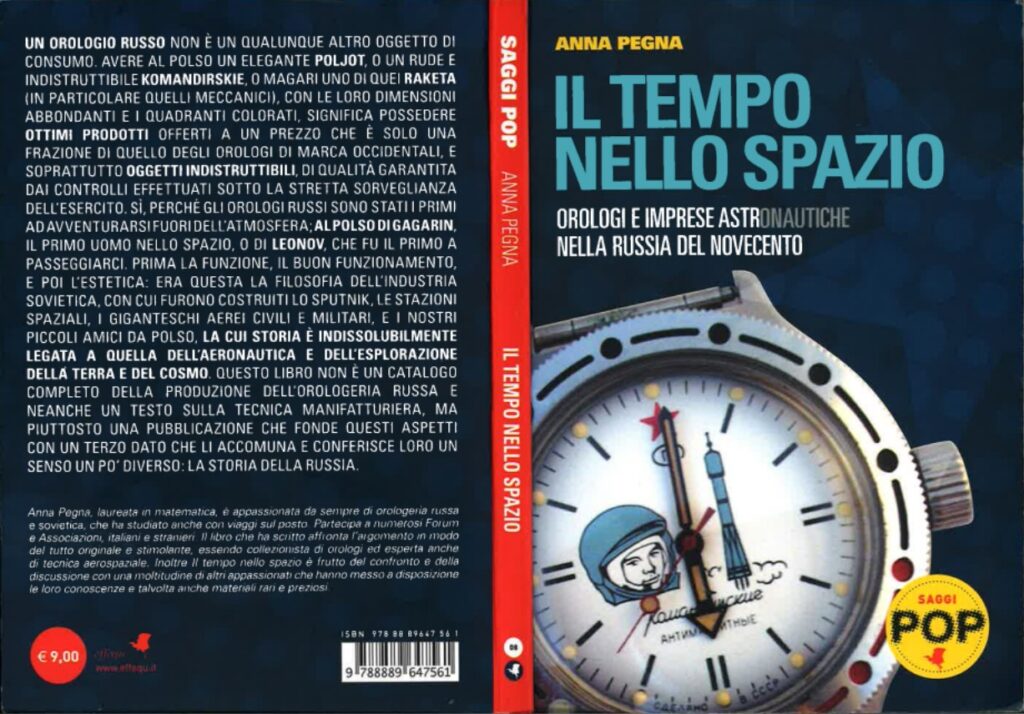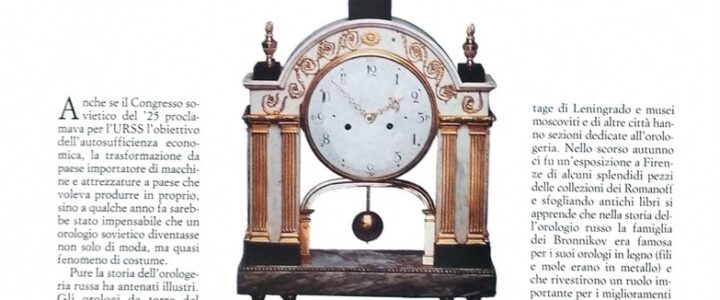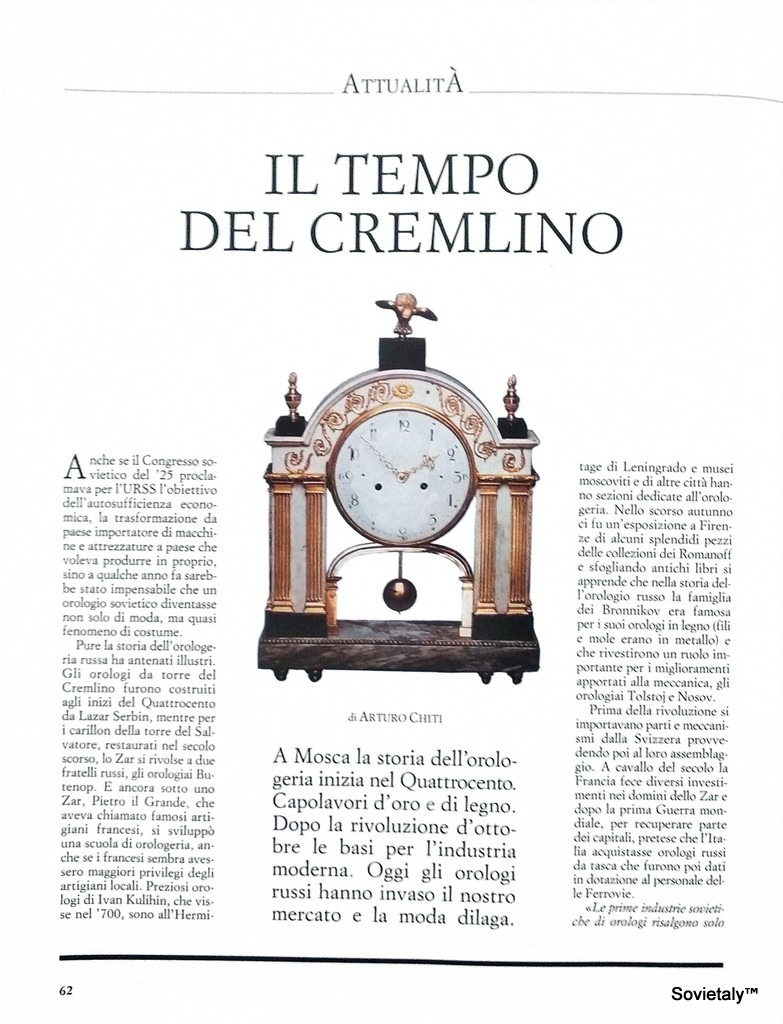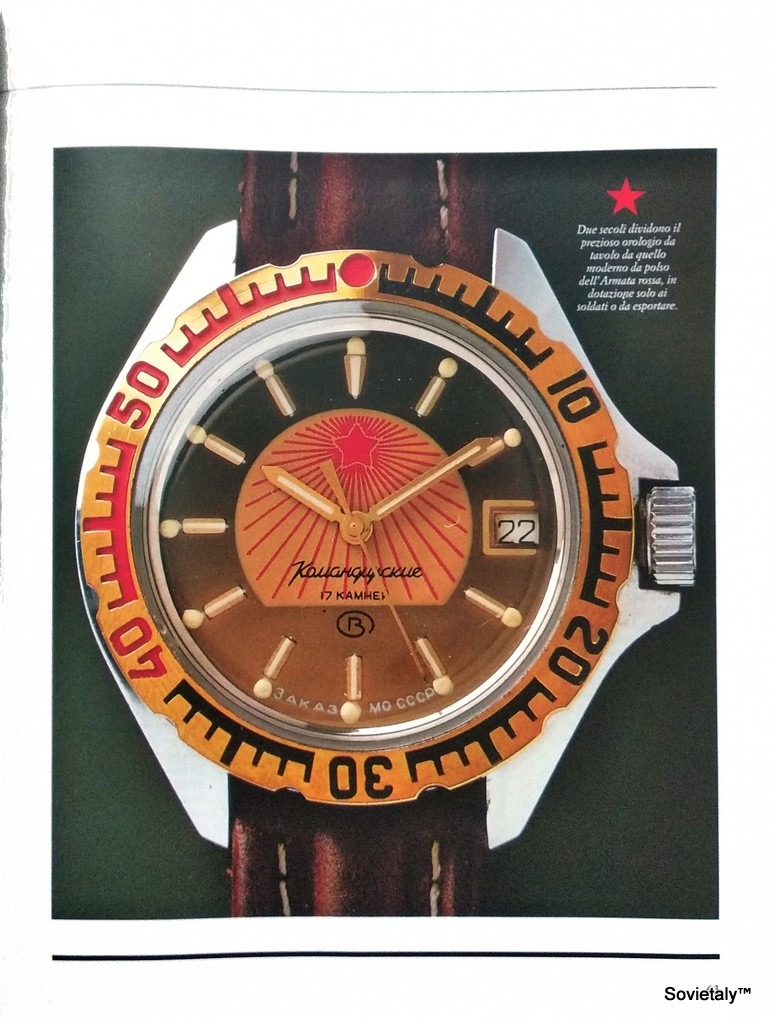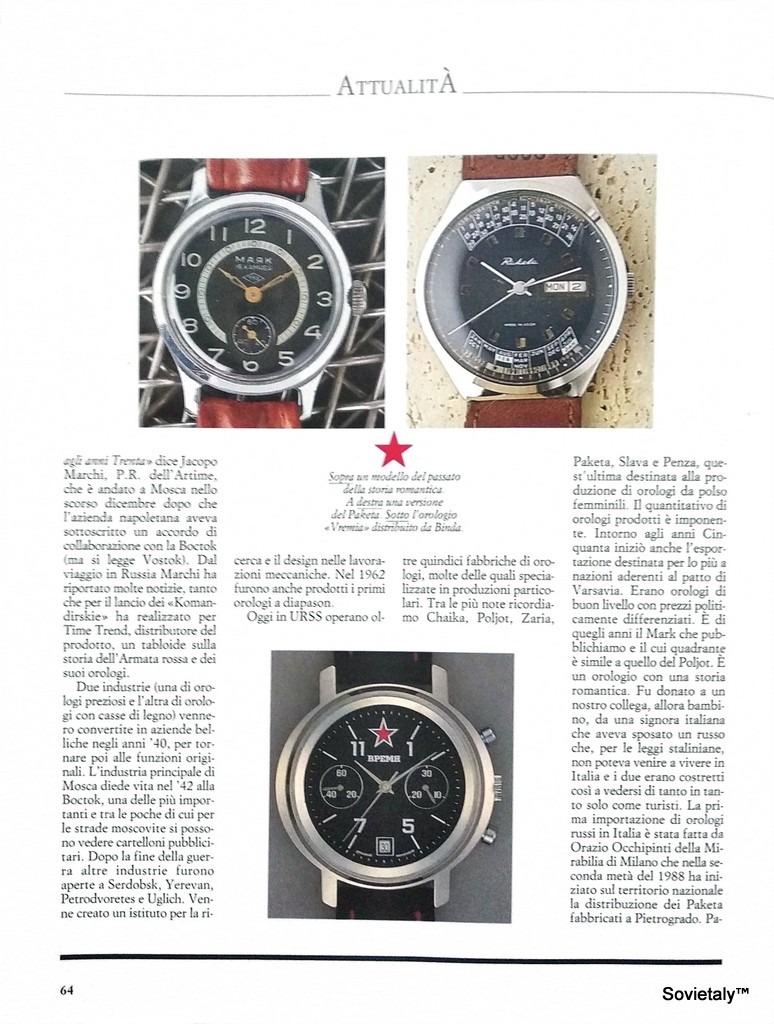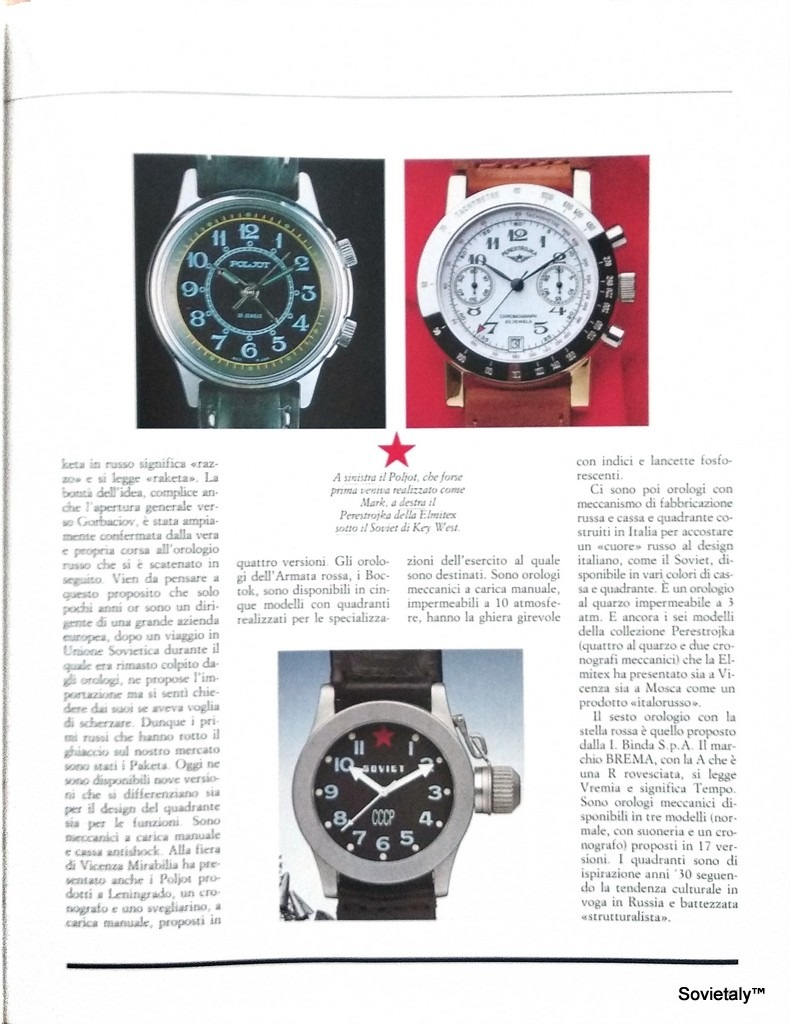The world of horology is vast and varied, with different regions contributing unique innovations and styles to the craft of watchmaking. Among these, Soviet watches hold a special place for their robustness, affordability, and historical significance. This essay explores why Soviet watches offer a superior quality-price ratio compared to Swiss watches of the same era, analyzes the reasons behind the decline of Soviet watchmaking, and examines whether the rise of Japanese quartz watches played a role in this decline.
Why Soviet Watches Offer Great Value
Production Efficiency and Cost Containment
Soviet watch manufacturers, such as Vostok and Raketa, were known for their efficient production methods. Unlike the highly specialized and labor-intensive Swiss watchmaking process, Soviet factories emphasized mass production and automation. This approach allowed them to keep production costs low while maintaining a reasonable level of quality. For instance, the Vostok Amphibia, famous for its durability and water resistance, was produced using straightforward and cost-effective techniques that still met high standards of robustness (Russian Watches) (Vintage Radar).
Focus on Functionality and Durability
Soviet watches were designed to be functional and durable, often used in military and industrial settings. The Vostok Komandirskie, for example, was the official watch of the Soviet military and was built to withstand harsh conditions. Similarly, the Raketa Polar was designed for Arctic explorers, featuring a 24-hour dial to help navigate the polar day-night cycle (Russian Watches). These watches were engineered to be reliable tools rather than luxury items, making them highly valued for their practicality.
Innovation in Movements
Despite being produced under challenging conditions, Soviet watchmakers managed to create innovative and reliable movements. The Raketa 24-hour movement and the Poljot chronographs are prime examples. These movements, while not as refined as their Swiss counterparts, were robust and served their purpose well. This innovation extended to unique designs like the Poljot 2200, one of the thinnest movements ever produced, showcasing Soviet ingenuity (aBlogtoWatch) (Collectors Weekly).
The Decline of Soviet Watchmaking
Impact of Japanese Quartz Watches
The introduction of quartz watches by Japanese manufacturers like Seiko in 1969 revolutionized the watch industry. Quartz technology offered greater accuracy at a lower cost compared to mechanical movements, which severely impacted traditional watchmakers worldwide. Swiss manufacturers were hit hard, but Soviet watchmakers, who were already struggling with economic inefficiencies and political instability, found it even more challenging to compete (Swissinfo) (Fratello Watches).
Internal Challenges and Economic Collapse
The decline in the quality of Soviet watches began in the late 1970s and continued through the 1980s. As the Soviet economy weakened, so did the watch industry’s ability to procure high-quality materials and maintain production standards. By the time the Soviet Union collapsed in 1991, many watch factories were already in disarray, suffering from underfunding and disorganization (VintageDuMarko) (Collectors Weekly).
Loss of Market and Transition to Capitalism
With the dissolution of the Soviet Union, the transition from a centralized economy to a market-oriented one was chaotic. Many state-owned enterprises, including watch factories, could not adapt quickly enough to survive in the new economic environment. The lack of infrastructure to support a market economy, coupled with the sudden influx of foreign competition, led to the closure of many iconic Soviet watch brands (VintageDuMarko) (Collectors Weekly).
Conclusion
The story of Soviet watchmaking is a tale of innovation, resilience, and eventual decline. While Soviet watches provided excellent value through their robust design, efficient production, and innovative movements, they could not withstand the dual pressures of technological disruption from Japanese quartz watches and the economic collapse of the Soviet Union. Despite these challenges, the legacy of Soviet watches endures, celebrated by collectors and horology enthusiasts worldwide for their historical significance and unique charm.
In the end, the rise and fall of Soviet watchmaking offer valuable lessons in industrial adaptation, the impact of technological advancements, and the complex interplay between politics and economics in shaping industry fortunes. As we look back on this fascinating chapter in horological history, the indomitable spirit of Soviet watchmakers continues to tick away, reminding us of a bygone era of innovation and resilience.



